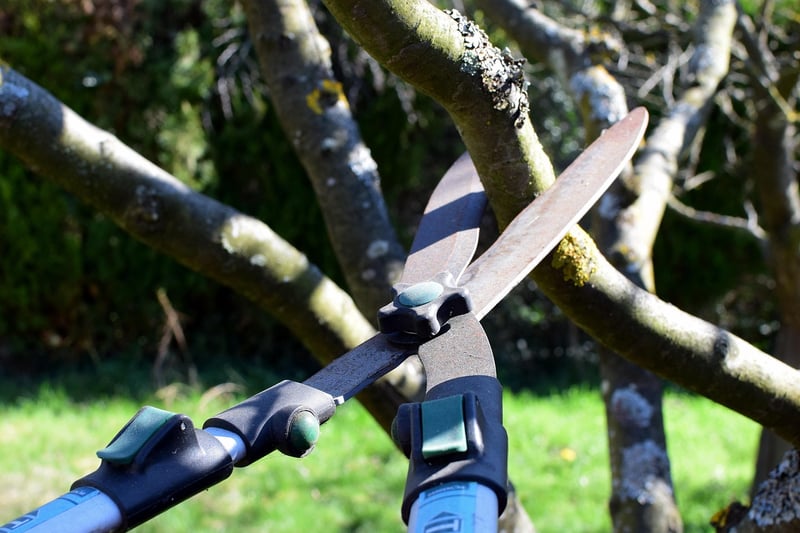Pruning Techniques
Keeping Your Vertical Garden Healthy + Pruning Techniques
Vertical gardens are a fantastic way to bring greenery into small spaces and add a touch of nature to urban environments. However, just like traditional gardens, vertical gardens require care and maintenance to keep them healthy and thriving. In this article, we will explore some essential tips for keeping your vertical garden in top condition and discuss pruning techniques to ensure optimal growth.
1. Choosing the Right Plants
When creating a vertical garden, it's essential to choose the right plants for the specific conditions of your space. Consider factors such as light levels, humidity, and the available vertical space. Opt for plants that are well-suited to vertical growth and can thrive in a confined environment.
2. Watering and Drainage
Proper watering is crucial for the health of your vertical garden. Ensure that your vertical garden has adequate drainage to prevent waterlogging, which can lead to root rot. Monitor the moisture levels regularly and water your plants as needed, taking into account factors like temperature and humidity.
3. Fertilizing Regularly
Vertical gardens may require more frequent fertilization due to the limited soil volume. Choose a high-quality, balanced fertilizer and apply it according to the specific needs of your plants. Regular fertilization will help ensure that your plants have the nutrients they need to thrive.
4. Pruning Techniques
Pruning is an essential practice for maintaining the health and appearance of your vertical garden. Regular pruning helps promote new growth, improves air circulation, and prevents overcrowding. Here are some pruning techniques to keep in mind:
a. Deadheading
Remove dead or faded flowers to encourage continuous blooming and prevent the plant from expending energy on seed production.
b. Pinching
Pinch back the tips of growing stems to promote bushier growth and encourage branching. This technique is especially useful for plants that tend to become leggy.
c. Thinning
Thin out crowded areas of your vertical garden to allow sufficient light and airflow. Remove excess growth to prevent shading and competition among plants.
d. Shaping
Regularly trim your plants to maintain the desired shape and size of your vertical garden. Use sharp, clean tools to make precise cuts and avoid damaging the plants.
By following these tips for keeping your vertical garden healthy and employing proper pruning techniques, you can enjoy a lush and vibrant vertical oasis in any space.

For more information on vertical gardening and pruning techniques, check out The Spruce.
